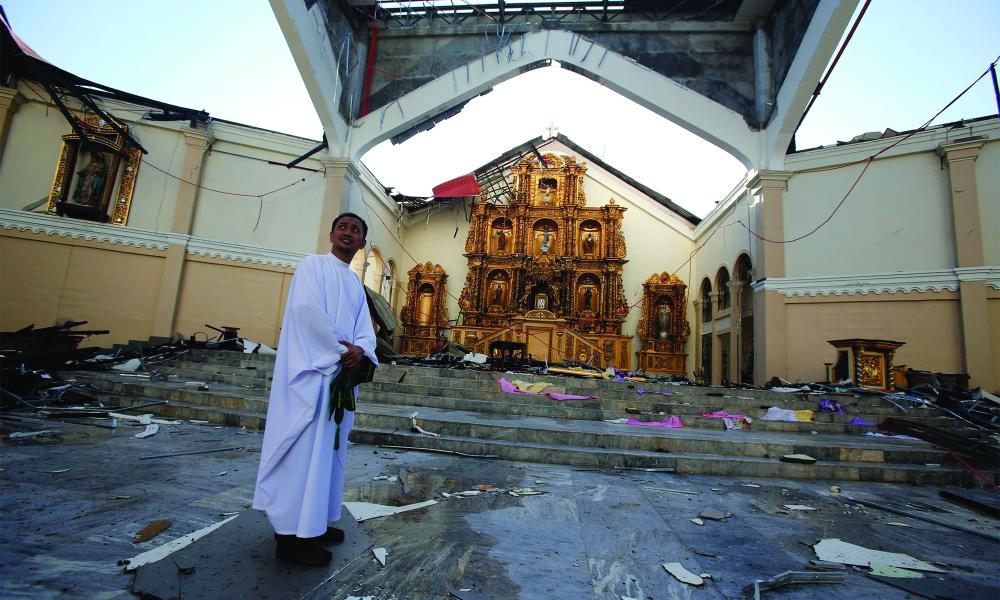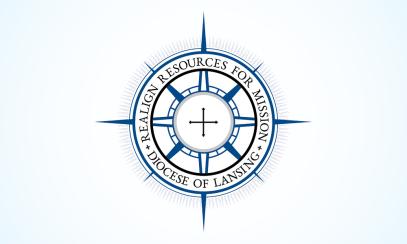
Typhoon Haiyan
On November 8, 2013, the massive typhoon Haiyan slammed the Philippines packing sustained winds of 195 miles per hour and gusts of up to 235 miles per hour. The damage done to the nation’s central islands by one of the most powerful storms ever recorded has been nothing short of catastrophic.
Entire villages were swept away, leaving several thousand people dead and injured. Entire towns in the path of the storm in the southern part of the country were destroyed completely. In the wake of such utter destruction, a health crisis has ensued. The stricken areas are facing a scarcity of clean water and food, the loss of electricity, and deadly illnesses such as dysentery.
The typhoon came on the heels of a 7.2 magnitude earthquake in Bohol, Philippines, just 60 miles to the south of where Haiyan made landfall, on October 15, 2013. The earthquake had already displaced approximately 350,000 people, according to Catholic Relief Services.
The weakened storm hit Vietnam and made its way to China on Monday, Nov. 11, causing heavy rains and wind. Damage was reported in these countries, but they were spared the type of destruction seen in the Philippines.
The Vatican’s Response
Pope Francis sent a telegram of condolence to the president of the Philippines and offered “encouragement to the civil authorities and emergency personnel as they assist the victims of this storm.” He also invoked “divine blessings of strength and consolation for the nation.”
In addition, the Vatican announced on Monday, Nov. 11, that it was donating $150,000 in emergency aid in response to the storm. According to a Vatican statement, the aid “will be distributed through the local Church in the areas worst hit by the tragedy” and will be “used to support aid operations for displaced people.”
Pope Francis led tens of thousands of people in prayers on Sunday, Nov. 10, for the people of the Philippines and urged Catholics worldwide to provide help to this third largest Catholic country in the world (after Brazil and Mexico). During the noon blessing the Holy Father expressed “his closeness to the people of the Philippines and of that region.”
The U.S. Bishops’ Response
The United States Conference of Catholic Bishops (USCCB) offered their solidarity and support to the people of the Philippines in a letter to the president of the Catholic Bishops Conference of the Philippines, according to Cardinal Timothy Dolan of New York, president of the USCCB. The U.S. bishops will take up a special collection to aid the immediate relief efforts. Collection funds will also be used to support the “long-term need to rebuild the Church” after such widespread devastation.
In the letter of solidarity, Cardinal Dolan writes that “Together with the Catholic faithful throughout this country, we assure you of our prayers for the victims of this disaster and for the survivors as they struggle to rebuild their lives.” The letter went on to say that “we join with the Holy Father in his expression of solidarity with the people of the Philippines.”
Catholic Relief Services (CRS) was already deployed in the Philippines in response to the Oct. 15 earthquake in Bohol. According to a CRS staffer on the ground, the organization is in the process of mobilizing resources to help the government and the most affected areas respond to the devastation of the typhoon. In particular, CRS is prioritizing emergency shelter, water and sanitation, household relief items, potable water, and toilets.
To donate to Catholic Relief Services, please visit http://www.crs.org.
Typhoon Haiyan: By the Numbers
| 78% | Percentage of Philippines population that is Catholic* |
| 76 million | Estimated number of Catholics in the Philippines as of 2013* |
| 500,000 | Estimated number of survivors Catholic Relief Services plans to help with shelter,water and vital living supplies** |
* Source: Catholic Directory of the Philippines
** Source: Catholic Relief Services



